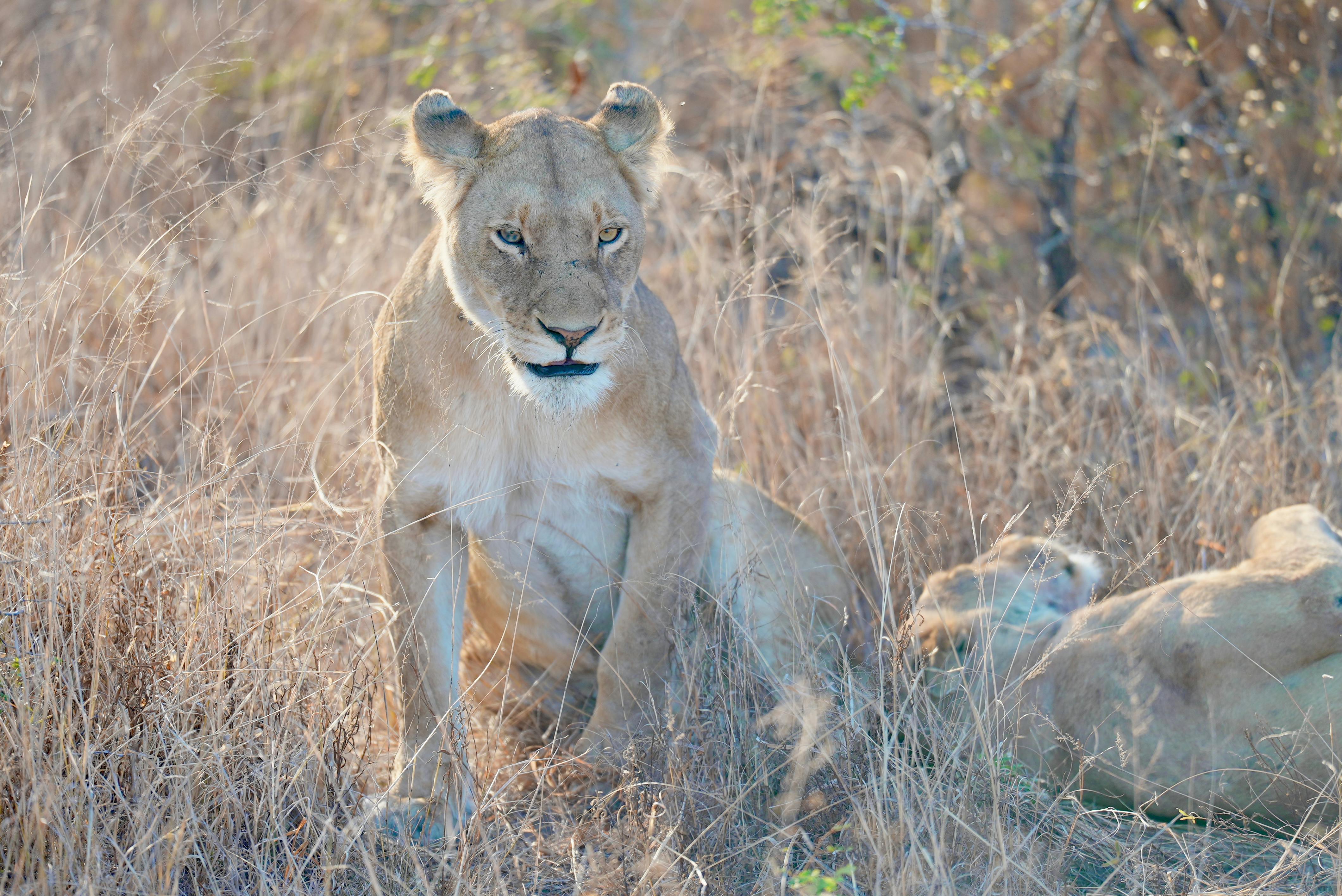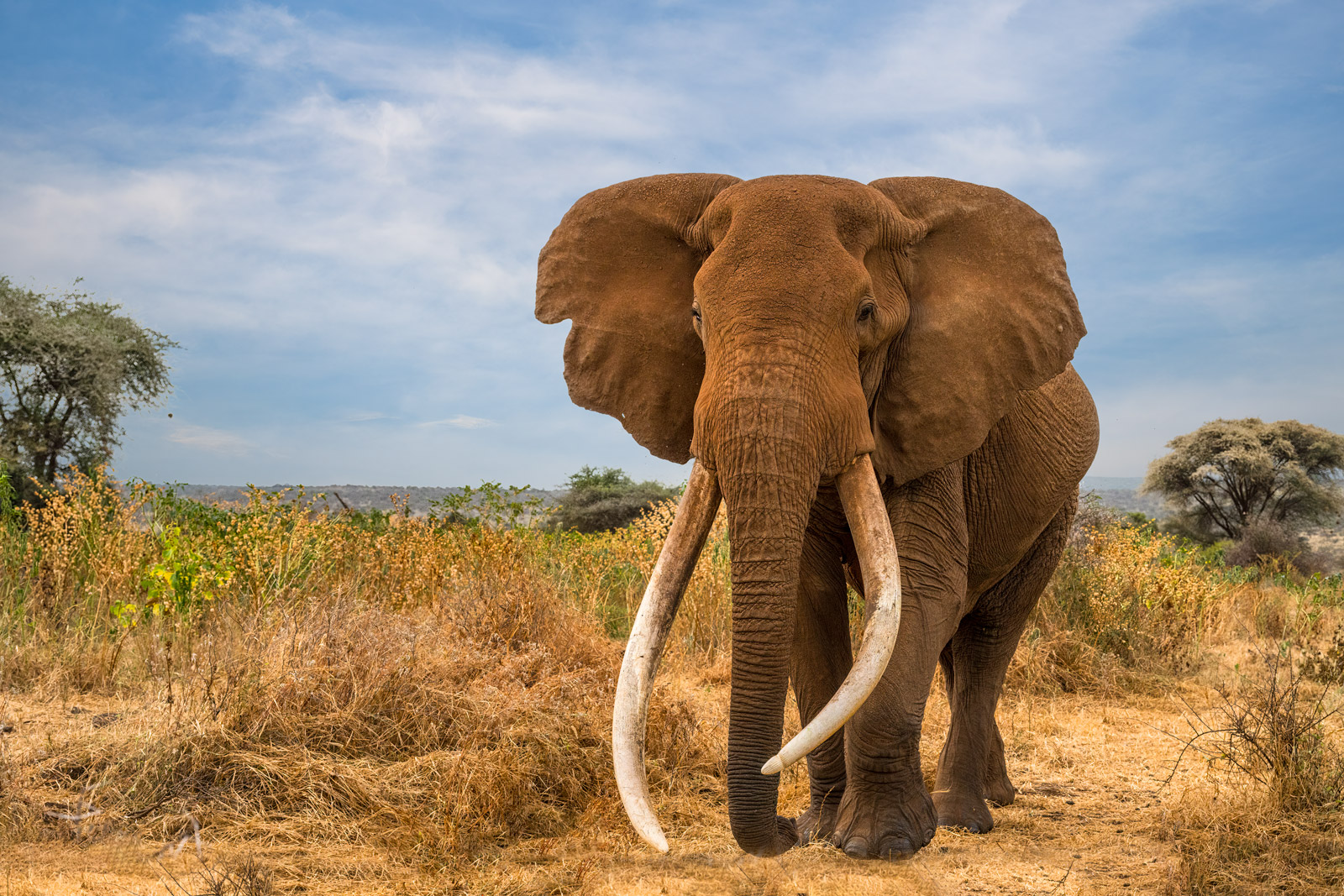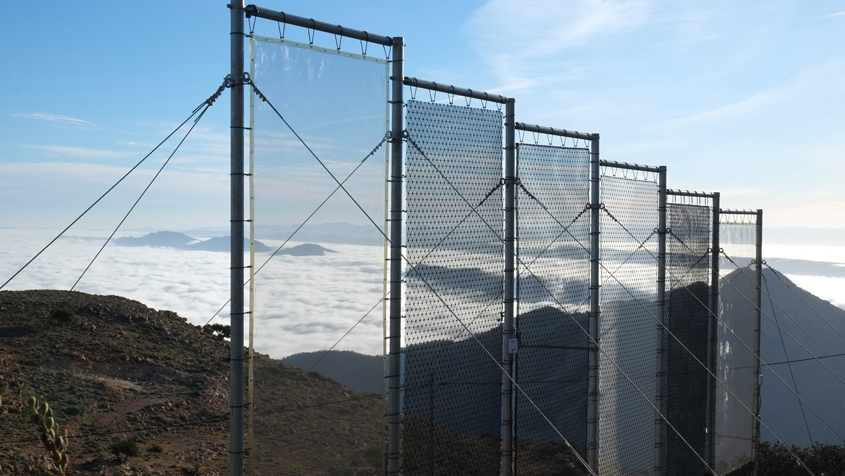The Kenya Editor's Guild emphasizes on the need of championing climate journalism through climate narratives.
During a Climate Change Masterclass hosted by Daystar University, Nairobi on August 11,2025, The Kenya Editors Guild (KEG) called on editors to lead the charge in climate journalism.
The Masterclass brought together journalists to rethink how climate stories are told. With Kenya facing mounting climate threats, from prolonged droughts to flash floods, the Guild is calling for a radical shift in how newsrooms approach environmental reporting.
Rosalia Omungo, KEG’s Chief Executive Officer (CEO), emphasizes that editors must move beyond reactive coverage and embrace proactive, solutions-oriented storytelling.
“We must move from reactive
coverage to proactive storytelling. Climate journalism should anticipate, not just respond,” said Rosalia Omungo.
This shift demands not just individual effort, but institutional transformation. KEG is urging media houses to invest in climate desks, train reporters in climate literacy, and collaborate with scientists and policy experts.
Director Media Training and Development, Victor Bwire, emphasizes that
climate change needs to be mainstreamed. "Climate change has angles in gender, health, governance, and food security. We must integrate these into our coverage."
One of the masterclass’s core goals is to help journalists
breakdown of complex climate data, uncovering untold climate change stories and crafting narratives that drive action and change. KEG’s training manual, launched earlier this year, offers six modules that guide reporters through climate science, adaptation strategies, and legal frameworks.
“Climate stories must be told — loudly and clearly, and with depth. As journalists and editors, we are not just storytellers of this crisis; we are shapers of public
perception,” said KEG President Zubeida Kananu.
This approach reflects a growing recognition that data alone doesn’t drive change — stories do. By humanizing climate impacts and spotlighting local resilience, journalists can foster public engagement and policy accountability.
KEG’s posts also highlight the need to decentralize climate coverage. From all regions, climate change is reshaping lives across Kenya. By amplifying voices from marginalized regions, journalists can build a more inclusive climate narrative one that reflects the broader experiences of Kenyans.
KEG is encouraging a constructive journalism, a format that balances urgency with hope. Instead of focusing solely on disasters, this approach highlights solutions, innovations, and local action. This shift is essential in combating climate fatigue and empowering audiences to act.
Today, the Kenya Editors Guild is not just advocating for better climate coverage it’s redefining the role of journalism in the climate era.
KEG in partnership with the Ministry of Environment, Climate Change and Forestry and German Agency for International Cooperation (GIZ), launched a climate change training manual in 2024.
The initiative was aimed to equip editors and reporters with climate literacy, align media efforts with Kenya’s Vision 2030 and Bottom-Up Economic Transformation Agenda and support national goals like the 15 Billion Tree Growing Programme.

-1754918669.jpeg)





